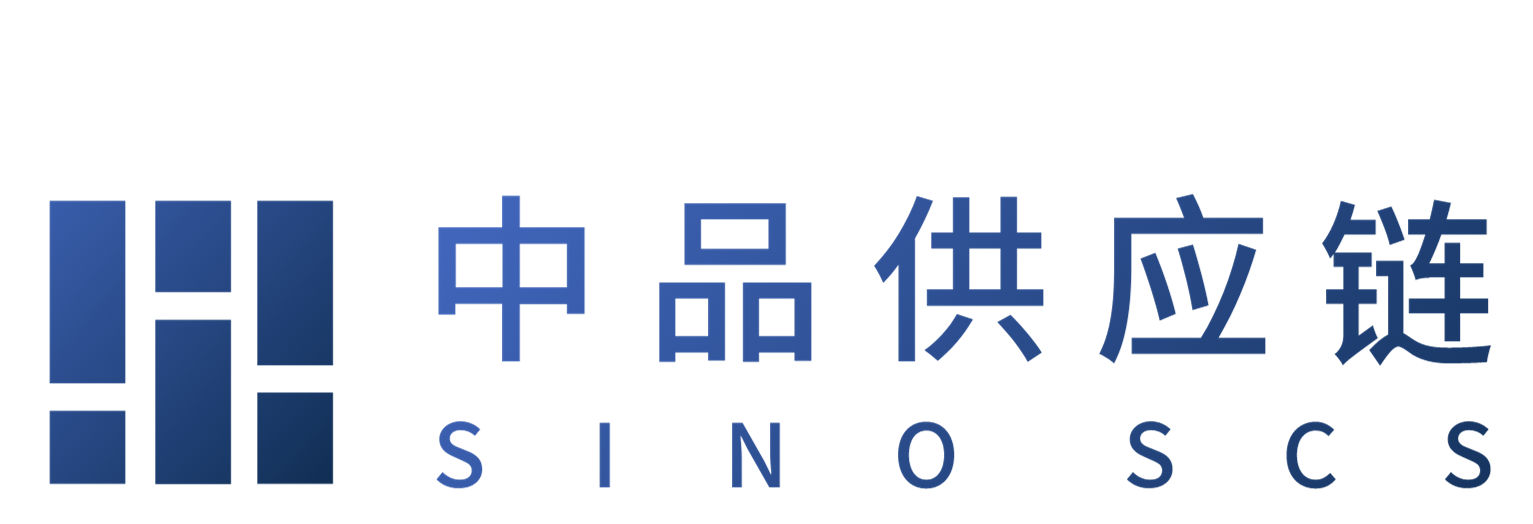How much support has Samsung given suppliers during Covid?

Electronics giant Samsung ensured supplier support during the pandemic by providing $1.3bn in advanced payments and $830m in loans.
Speaking at Gartner’s Virtual Supply Chain Symposium Karan Seth, senior manager at Samsung Electronics, highlighted how the company responded to Covid-19, including supporting suppliers, enabling flexible operations to meet demand, and moving production sites out of China.
Seth said: “We’ve used the strength in our global supply chain and our decision-making approach to manage the supply chain in these critical times. We realise the pressures associated with Covid-19 cause a direct impact on the thousands of our upstream and downstream partners.”
From May 2020 onwards Samsung provided $830m in business operation funds to suppliers at zero to low interest rates, and made advanced payments to suppliers to the value of $1.3bn. This was part of a “co-prosperity programme”.
Seth added: “Additionally, we provided support for logistics costs, especially in cases where air freight delivery was required. We also provided support by simplifying parts approval processes, and providing consulting when diversifications of raw materials and parts supplies was needed.”
Another key aspect of Samsung’s global supply chain response was its ability to work flexibly across 37 production sites, including in North and South America, Asia, Europe, Middle East and Africa.
Seth said: “The flexibility in having multiple sites in our supply network… let Samsung continue to serve our customers with minimum change to our, otherwise business as usual, operations.”
US operations, working alongside Korean headquarters, demonstrated coordination with overseas sites to meet supply demand using contingency plans developed for possible factory and supplier closures within the North American region.
Seth explained: “The global TV supply chain team supported our US TV business by rebalancing and reprioritising the production runs across Europe and Asia. This ensured that our US warehouses had enough supply of product to meet the demand for our American customers.
“Every day, the team actively engaged with overseas production teams with the local and global businesses and the operations functions.”
Samsung also moved some mobile production from Korea to Vietnam. “In Korea, Samsung decided in early March to shift some of our smartphone production from our parent Korea facilities, where we would otherwise run normal production, to our mobile manufacturing sites in Vietnam,” said Seth.
“Additionally, Samsung took the extra step of flying rather than trucking key components from China to our manufacturing facilities in the region.”
The supply chain management team learnt from past experiences in dealing with large scale challenges, such as the 2015 MERS outbreak, “to prepare the global businesses for the right crisis-to-recovery demand expectations”.
Seth said: “Samsung is continually upgrading or resetting its approach to supply chain and supply chain management.
“As we look to the future, we’re thinking about looking into areas such as supply chain risk management, further developing the idea of possible consumer-focused supply chains, and improving our visibility.”

